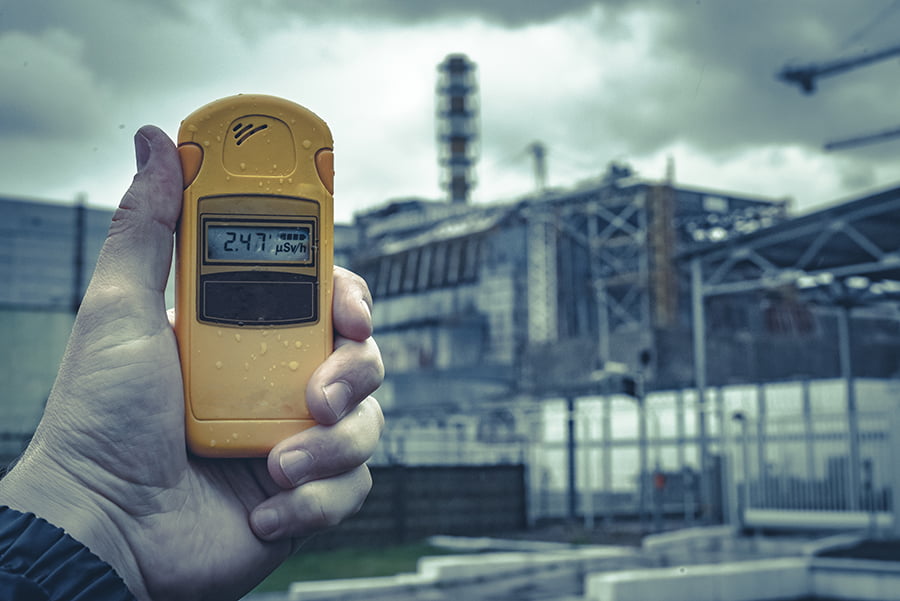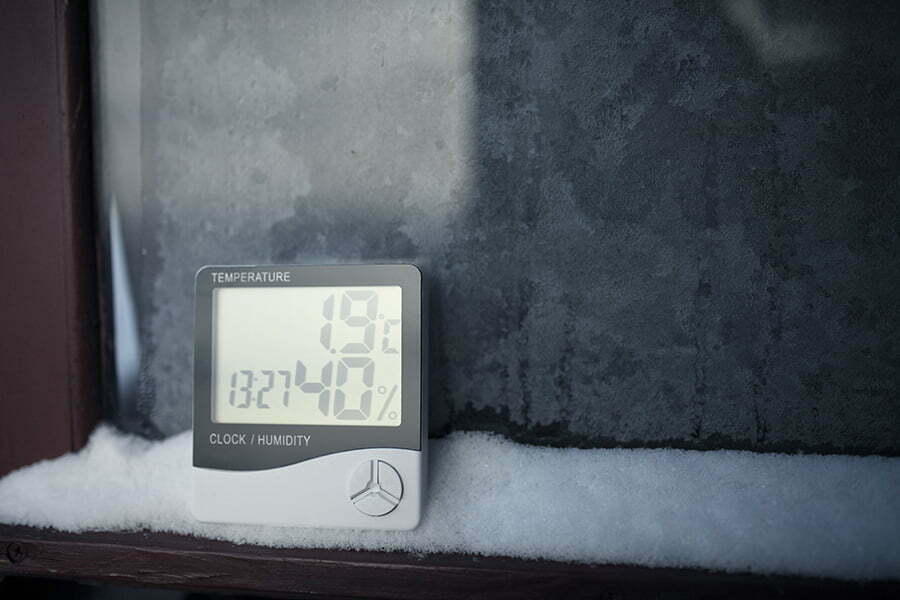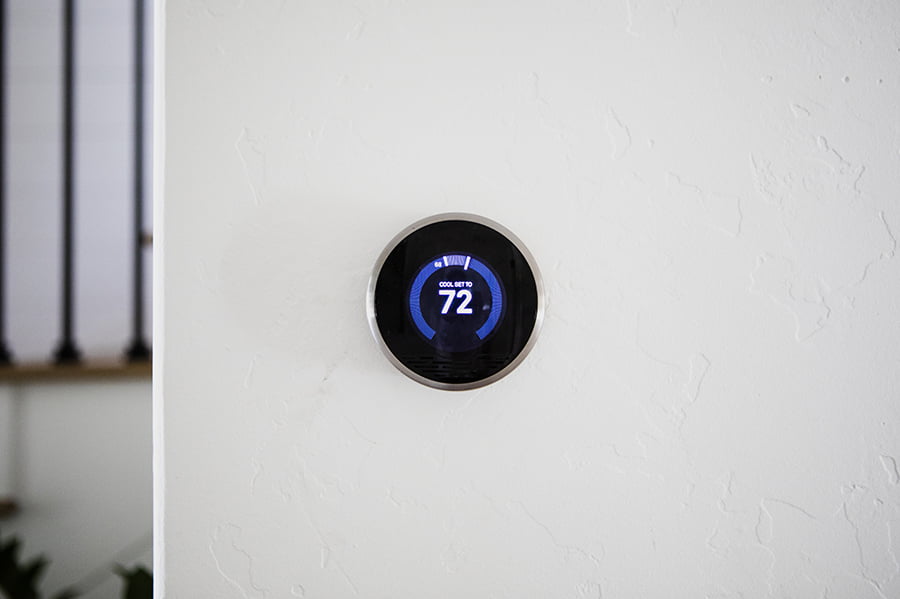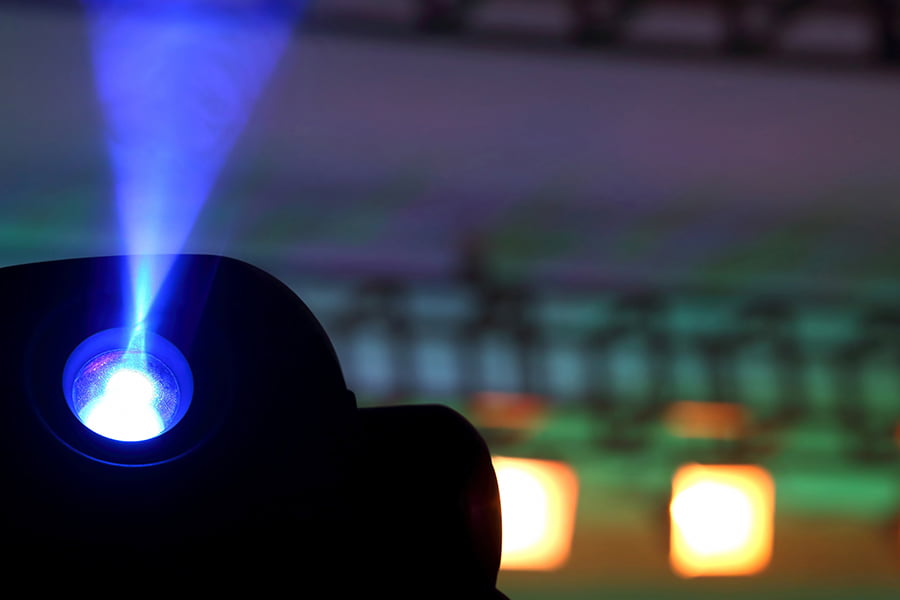Types of air quality sensors: particulate matter (PM) sensor, carbon dioxide (CO2) sensor, ozone (O3) sensor, nitrogen dioxide (NO2) sensor, and sulfur dioxide (SO2) sensor.
Air quality sensors are an essential tool for monitoring air pollution. They measure different types of pollutants and provide data that can be used to track changes in air quality over time.
This blog post will explore the different types of air quality sensors and how they can help us better understand our environment.
Key takeaways:
- Particulate Matter (PM) sensors measure size & concentration of particles.
- Carbon Dioxide (CO2) sensors monitor indoor/outdoor air pollution levels.
- Volatile Organic Compound (VOC) sensors detect chemicals in the air.
- Nitrogen Dioxide (NO2) sensors monitor air quality in homes & public spaces.
- Ozone sensors measure ozone levels & prevent harmful exposure.
Particulate Matter Sensors

These particles can come from various sources, such as vehicle exhaust, burning wood and coal, dust storms, and industrial processes. Particulate matter sensors detect these particles by measuring their size and concentration in the air.
The sensor uses an optical particle counter to count the number of particles that pass through it per unit of time. This information is then used to calculate the concentration of particulates in a given area over time.
The collected data can be used to monitor air quality levels and help identify potential health risks associated with high concentrations of particulates.
Carbon Dioxide Sensors

They detect changes in CO2 levels and provide an output signal that a computer or other device can read. Carbon dioxide is a naturally occurring gas essential for life on Earth, but too much of it can harm humans and animals.
Carbon dioxide sensors monitor indoor air quality and outdoor air pollution levels. They can also detect leaks from industrial processes or natural gas pipelines.
By measuring CO2 levels, these sensors help ensure that people are not exposed to dangerous concentrations of this gas.
Volatile Organic Compound Sensors

VOCs are chemical compounds that evaporate quickly at room temperature and can be found in many everyday items, such as paint, cleaning products, and furniture. These sensors work by detecting the presence of these compounds in the air and providing a reading on their concentration levels.
The readings can then determine if there is an unhealthy level of VOCs or if further action needs to be taken to reduce them. Some types of VOC sensors also have additional features, such as alarms that will alert users when dangerous levels are detected.
Nitrogen Dioxide Sensors

Nitrogen dioxide is a pollutant that can cause respiratory problems and other health issues. NO2 sensors monitor air quality in homes, businesses, and public spaces.
They detect changes in levels of nitrogen dioxide over time, allowing people to take action if necessary. NO2 sensors measure the electrical current produced when nitrogen dioxide molecules react with an electrode inside the sensor.
This current is then converted into a digital signal that a computer or other device can read. The data from these sensors can be used to identify areas where air pollution needs to be addressed or monitored more closely.
Ozone Sensors

Ozone is a gas that can be both beneficial and harmful, depending on its concentration. It is considered an air pollutant at ground level and can cause health problems if present in high concentrations.
Ozone sensors measure the amount of ozone in the atmosphere by detecting ultraviolet light emitted from ozone molecules when they react with other gases. The sensor then converts this information into electrical signals, which can be read by a computer or other device for analysis.
Ozone sensors are essential for monitoring air quality and helping to ensure that people are not exposed to dangerous levels of ozone pollution.
Temperature and Humidity Sensors

These sensors work by detecting temperature or moisture level changes in the atmosphere. They can be used to monitor indoor air quality as well as outdoor air quality.
Temperature and humidity sensors measure both temperature and relative humidity, which measures how much water vapor is present in the air compared to its maximum capacity at a given temperature.
Temperature readings are usually expressed in degrees Celsius (°C) or Fahrenheit (°F), while relative humidity readings are expressed as a percentage (%) of saturation.
By monitoring these two parameters, it is possible to determine if an environment is comfortable for humans or if there may be health risks due to high temperatures or excessive moisture levels.
Understanding Air Pollution: The Role of Air Quality Sensors
Air pollution is a pressing issue that affects the health and well-being of individuals worldwide. To combat this problem, air quality sensors play a crucial role in monitoring and understanding the levels of pollutants present in the atmosphere.
These sensors are designed to detect various types of pollutants such as particulate matter (PM), volatile organic compounds (VOCs), carbon monoxide (CO), nitrogen dioxide (NO2), ozone (O3), and sulfur dioxide (SO2). By accurately measuring these pollutants, air quality sensors provide valuable data that helps researchers, policymakers, and individuals make informed decisions regarding their exposure to harmful substances.
With advancements in technology, air quality sensors have become more accessible and affordable for both personal use as well as large-scale monitoring initiatives. This increased accessibility has empowered communities to actively participate in addressing air pollution issues by providing real-time data on local pollutant levels.
Understanding how these sensors function allows us to gain insights into our environment’s health status while taking necessary steps towards improving overall air quality for everyone’s benefit.
Making Air Tangible: How Air Quality Sensors Work
These devices are designed to detect and measure various pollutants present in the atmosphere, making air quality tangible for us to understand.
The basic principle behind how air quality sensors work involves capturing samples of ambient air and analyzing them for specific pollutants. Different types of sensors utilize different technologies to achieve this.
One common type is the particulate matter (PM) sensor, which measures the concentration of fine particles suspended in the air. These sensors typically use laser-based technology or optical scattering techniques to detect and quantify PM levels.
Another important type is gas sensors, which are used to identify gases such as carbon monoxide (CO), nitrogen dioxide (NO2), ozone (O3), sulfur dioxide (SO2), volatile organic compounds (VOCs), and more. Gas sensors employ various detection methods like electrochemical cells or metal oxide semiconductors that react with specific gases.
Some advanced air quality monitors also incorporate additional features like temperature, humidity, pressure sensing capabilities along with pollutant detection modules for comprehensive analysis.
Once these devices collect data from their surroundings using their respective sensing mechanisms, they transmit this information either wirelessly or through wired connections to a central unit or cloud-based platform where it can be analyzed further by experts or even accessed by individuals concerned about their indoor/outdoor environments’ healthiness.
The Impact of Low-Cost Air Quality Sensors On Policies and Interventions
These sensors provide real-time data that is more accessible and affordable compared to traditional monitoring equipment. This accessibility has allowed for the deployment of a larger number of sensors in various locations, resulting in a more comprehensive understanding of air pollution patterns.
The availability of low-cost sensors has also empowered communities to take action against poor air quality. Citizen science initiatives have emerged, where individuals can monitor the air around them using these affordable devices.
This grassroots approach not only raises awareness about local pollution issues but also provides valuable data that can be used to advocate for change.
Furthermore, policymakers are increasingly recognizing the value of low-cost sensor networks as complementary tools alongside traditional monitoring systems. The ability to gather localized data quickly and efficiently allows for targeted interventions in areas with high levels of pollution or specific sources contributing to poor air quality.
Low-cost air quality sensors have revolutionized how we understand and address environmental challenges related to indoor and outdoor pollutants.
The Evolution of Air Monitoring: From Traditional Equipment to Latest Sensor Technology
In the past, air quality measurements were primarily conducted using large and expensive instruments that required trained professionals to operate. These instruments provided accurate readings but were limited in terms of accessibility and affordability.
However, with the rapid development of sensor technology, there has been a significant shift towards smaller, more affordable sensors that can be easily deployed for widespread air quality monitoring. These sensors are designed to detect various pollutants such as particulate matter (PM), volatile organic compounds (VOCs), carbon monoxide (CO), nitrogen dioxide (NO2), and ozone (O3).
The evolution of air monitoring has not only made it easier for individuals and communities to monitor their local air quality but also enabled researchers and policymakers to gather more comprehensive data on pollution levels across different regions. This wealth of information helps identify pollution sources, assess exposure risks, develop effective mitigation strategies, and evaluate the impact of interventions.
Moreover, advancements in sensor technology have led to the emergence of low-cost portable devices that allow individuals to monitor their indoor environments as well. These indoor air quality sensors provide real-time data on factors like temperature humidity levels along with detecting common indoor pollutants such as formaldehyde or radon gas.
Expanding Possibilities: Other Approaches to Monitoring Air Quality
These alternative methods offer unique advantages and complement traditional sensor-based monitoring systems.
One such approach is satellite remote sensing, which uses satellites equipped with specialized instruments to measure various atmospheric parameters from space. This technology allows for large-scale monitoring of air quality over vast areas, providing a broader perspective on pollution patterns and trends.
Satellite data can be particularly useful in tracking regional or global pollutant emissions, identifying hotspots, and assessing long-term changes in air quality.
Another emerging technique is crowd-sourced data collection through mobile applications or wearable devices. By harnessing the power of citizen science, individuals can actively participate in gathering real-time information about their surroundings using their smartphones or personal sensors.
This collective data contributes to a more comprehensive understanding of local variations in air pollution levels across different neighborhoods or cities.
Furthermore, advanced modeling techniques play an essential role by simulating complex atmospheric processes based on available meteorological data combined with emission inventories from various sources such as industries or transportation networks. These models help predict pollutant dispersion patterns under different scenarios while considering factors like weather conditions and topography.
Some researchers explore unconventional methods like using bioindicators – organisms that respond sensitively to changes in environmental conditions – as indicators of overall ecosystem health including ambient air quality assessment at specific locations where conventional measurements may not be feasible due to logistical constraints.
By embracing these alternative approaches alongside traditional sensor-based technologies we gain a more comprehensive understanding of our environment’s health status – enabling us to make informed decisions regarding public policies aimed at improving overall well-being.
FAQ
What type of sensor is used to measure air quality?
A carbon monoxide monitor is a type of sensor used to measure air quality.
What sensors are used to monitor indoor air quality?
Indoor air quality can be monitored using sensors that measure parameters such as temperature, relative air humidity, barometric pressure, volatile organic compound concentration, and ambient light intensity.
What are the potential health impacts of poor indoor air quality?
Poor indoor air quality can potentially cause a range of health issues such as respiratory problems, allergies, and asthma, along with more serious conditions like lung disease and cancer.
How can houseplants contribute to the improvement of indoor air quality?
Houseplants can contribute to improved indoor air quality as they naturally remove toxins, increase humidity, and produce oxygen.
What are some efficient ways to improve air filtration systems in homes?
To improve air filtration systems in homes efficiently, consider using high-efficiency particulate air (HEPA) filters, regular maintenance of HVAC systems, incorporating natural purifiers like indoor plants, and investing in air purifiers.